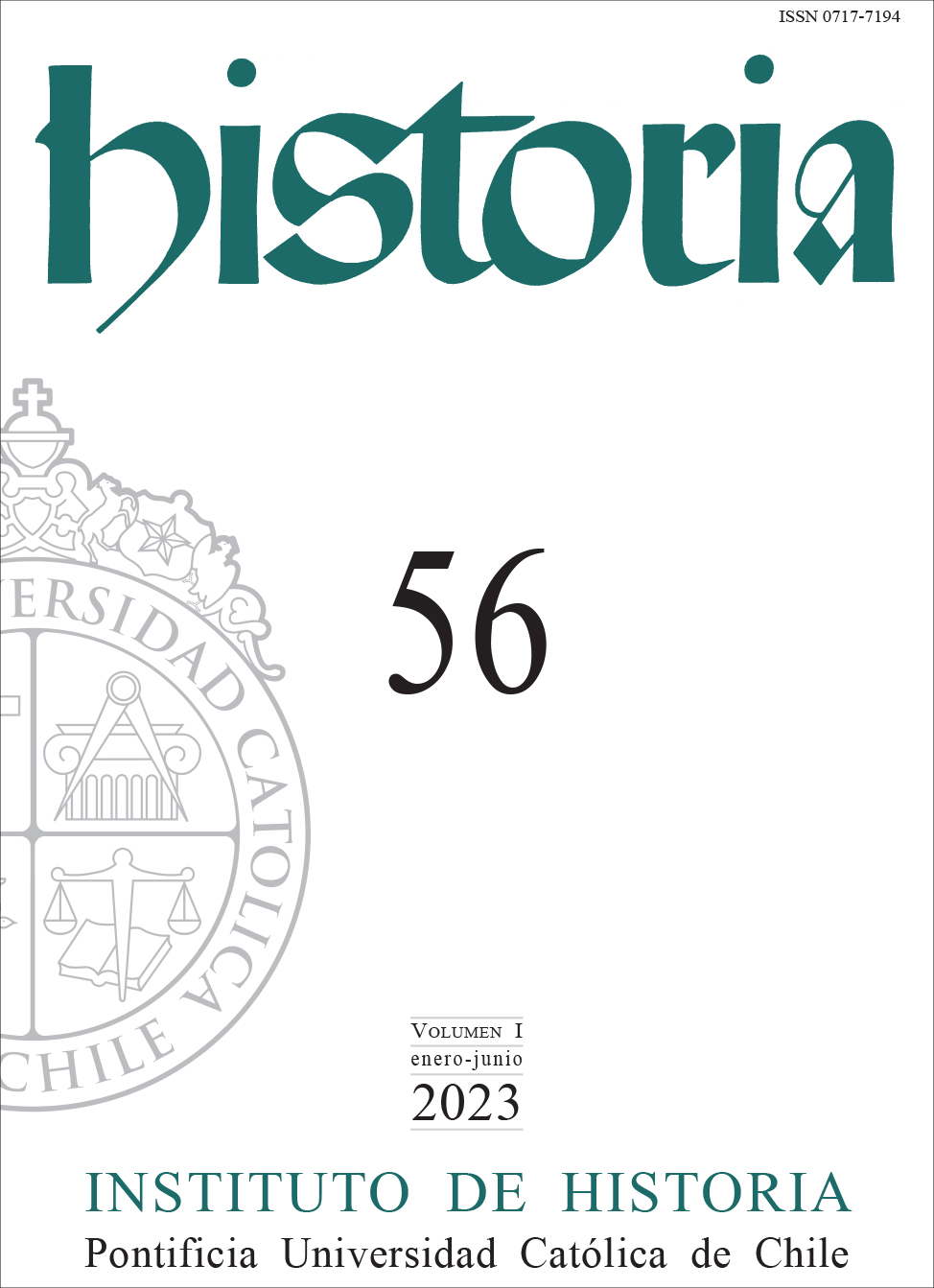Racial segregation and urban planning in Latin America: a historiographical study of contemporary Cartagena, Colombia
DOI:
https://doi.org/10.4067/s0717-71942023000100321Palabras clave:
Latin America, Cartagena, urban history, segregation, racial gaze, gentrification, racial capitalismResumen
Latin America is a continent living amidst strong inequalities, and the region’s cities reflect this in a distinct way. In order to analyse and explain urban inequality in the region, this article studies the case of Cartagena de Indias, on the Colombian Caribbean coast, from the points of view of different historical studies about the racial gaze, gentrification, racial capitalism, and the research connecting urban planning and racial segregation, among others. By applying the historical method, the authors delve into institutional primary and secondary sources from the contemporary historiography, which relate urban development to racial issues. The main outcome is a deeper understanding of the urban and racial phenomena in the context of current theories, with some re-weighing of their impacts. Much of the discussion about racial segregation in Latin America has revolved around metropolises and forgotten medium-sized cities. To remedy this, an overview of studies and theories is offered and subsequently applied to a medium-sized city such as Cartagena, with examples from this city’s planning history in conjunction with its social history and tourist development.
Descargas
Descargas
Publicado
Versiones
- 2024-01-30 (3)
- 2024-01-30 (2)
- 2023-07-31 (1)
Cómo citar
Número
Sección
Licencia
Derechos de autor 2023 Narcís Bassols Gardella, Luis Rubén Pérez Pinzón

Esta obra está bajo una licencia internacional Creative Commons Atribución-SinDerivadas 4.0.
Todos los contenidos de esta edición electrónica se distribuyen bajo licencia Creative Commons de “Atribución-Copartirigual 4.0 Internacional” (CC-BY-NC-ND). Cualquier reproducción total o parcial del material deberá citar su procedencia.
Los derechos de las imágenes publicadas pertenecen a sus autores, quienes otorgan a Diseña la licencia para su uso. La gestión de los permisos y la autorización de publicación de las imágenes (o de cualquier material) que contenga derechos de autor y sus consecuentes derechos de reproducción en esta publicación es de exclusiva responsabilidad de los autores de los artículos.


